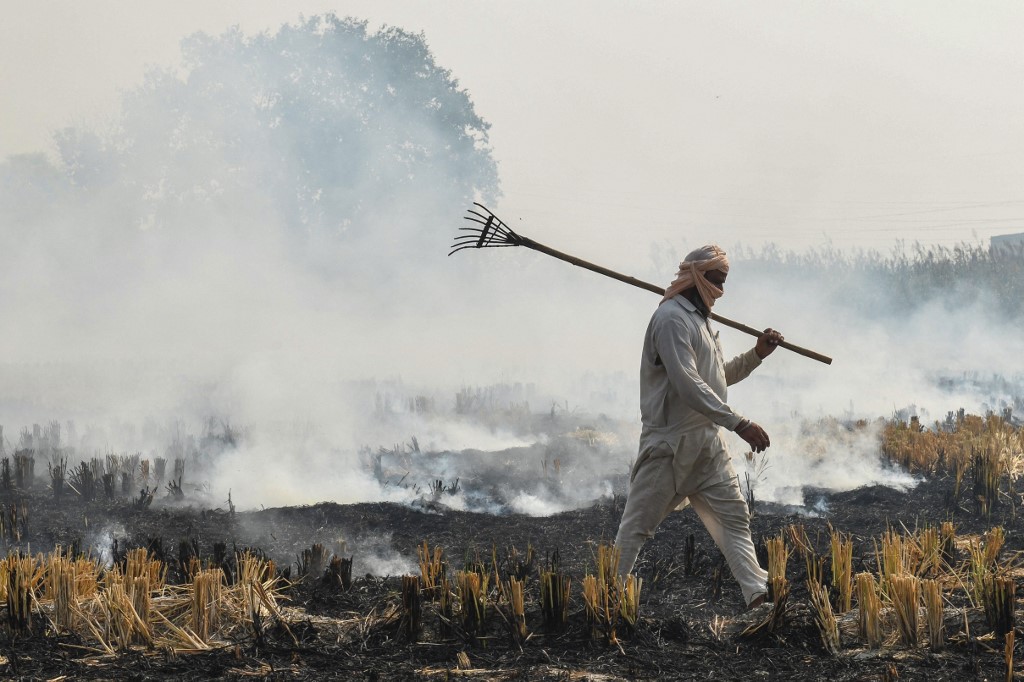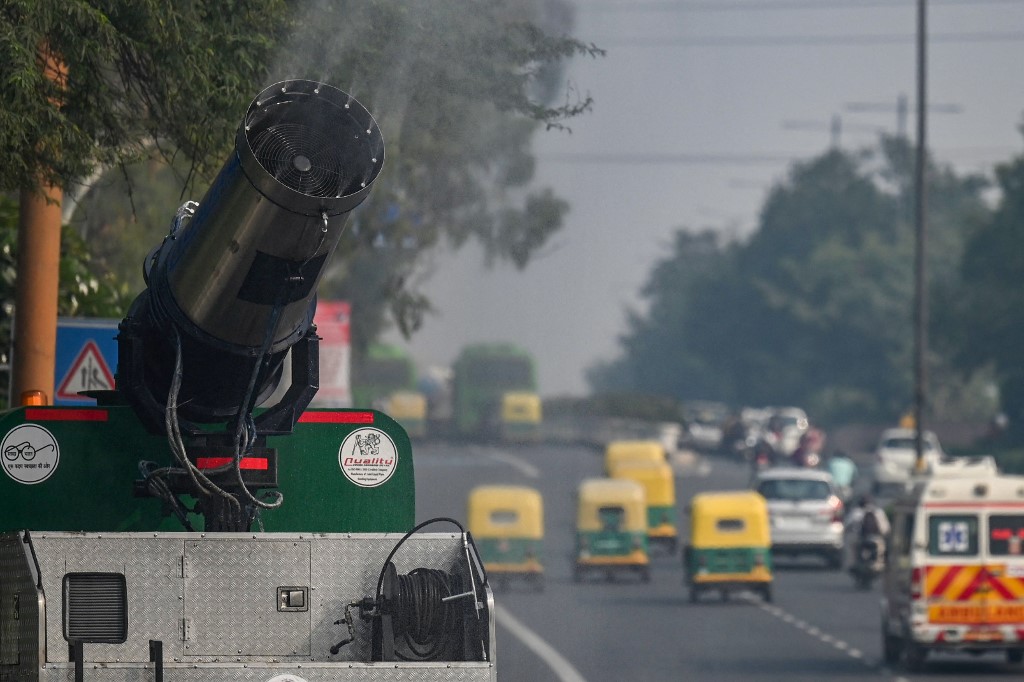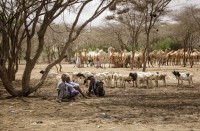
AMRITSAR, India (AFP) – Crackling flames and plumes of smoke rise from the earth as farmers set their fields alight in northern India — an annual post-harvest practice that shrouds New Delhi in toxic smog.
Tens of thousands of small farmers around the capital burn their crop residue at the start of every winter, clearing fields from the recently harvested paddy to make way for wheat.
The practice was banned two years ago but enforcement is lax, and it remains the cheapest and quickest way for farmers to strip their fields for the next growing season.
Much of the burning takes place in Punjab, the spiritual centre of the Sikh faith and an important agriculture hub known as India’s wheat bowl, a few hours’ drive north of Delhi.
Farmers in turbans prowl their fields with torches, setting knee-high stalks of tinder-dry rice paddy alight and leaving a landscape of ash and black earth.
Punjab alone has reported around 47,000 farm fires in recent weeks with more than 5,000 just on Tuesday, according to the state’s pollution control board.

The annual rice harvest there and in neighbouring Haryana sparks the burn-off of 35 million tonnes of crop stubble every year, according to a study published this year in the scientific journal Energies.
That results in a blanket of hazardous smoke that settles on New Delhi in winter, coinciding with the major Hindu festival Diwali.
At various hotspots in Delhi on Wednesday the levels of harmful PM 2.5 particles — the smallest and most harmful particles which can enter the bloodstream — hovered around 400 on the air quality index.
That figure is 16 times higher than the safe daily limit set by the World Health Organization.
More than a quarter of the capital’s air pollution on that day could be attributed to the farm fires, a government pollution monitor reported.
Farmers are a powerful voting bloc and remain defiant about their role in the smog, saying they cannot switch to more expensive methods without substantial government support.

A 2020 report by Swiss organisation IQAir found 22 of the world’s 30 most polluted cities were in India, with Delhi ranked the most polluted capital globally.
The same year, the Lancet said 1.67 million deaths were attributable to air pollution in India in 2019, including almost 17,500 in the capital.
© Agence France-Presse







